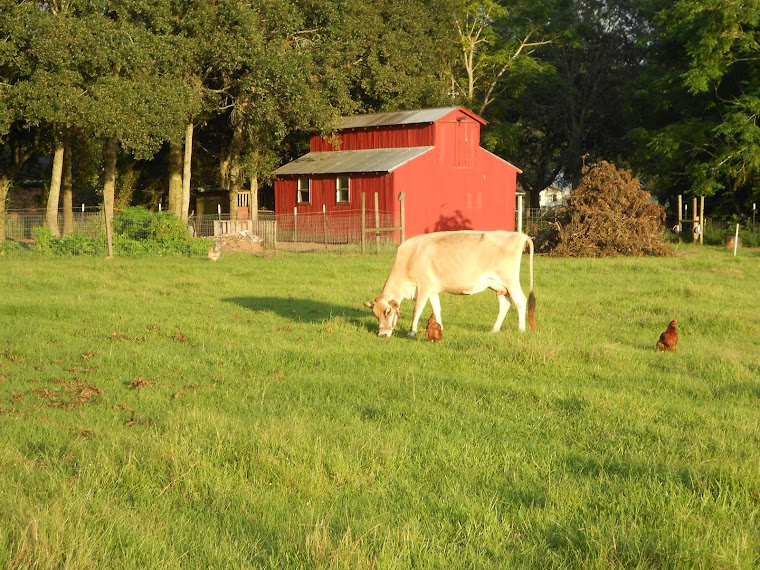Even though it was 80 degrees today on December 16th, it is still considered autumn and coming up on winter. The population of the bee colonies are diminished as the queens' egg-laying has significantly slowed. With winter on the way, there'll not be much pollen or nectar. We've learned that the remaining bees will huddle around the queen and beat their wings to keep the colony warm. They will feed on stored honey in the honeycomb to sustain them until spring.
Many, if not most, beekeepers feed their bees throughout the year, but especially in the fall and winter months. This is not really a necessary thing. Bees don't need humans to feed them. They do just fine on their own. A couple of points, though. If beekeepers have robbed most of the honey and not left them a sufficient amount to last them over the winter, it might be a good idea to do so.
The real reason that most beekeepers feed the bees is to stimulate egg laying. They set out jars of a sugar-water solution near the bee boxes. The bees will find it and bring the sweet stuff back to the hive. The queen, seeing all the 'artificial' nectar coming into the hive is fooled into thinking that the flow is on. The flow is when Chinese tallow trees, or White dutch clover, or privet, etc. is flowering. When the flow is on, the colony needs more workers and thus the queen begins laying eggs to support the work at hand. In doing this, the colony has a maximum amount of workers to begin working when the REAL flow begins. Thus, in feeding the bees, your colony is ready to go and you gain a headstart and make more honey quicker.
We can see the points on both sides of the argument, but we like to do things more naturally. What if you could feed the bees naturally? When we pulled honey this year, we rendered wax from all the cappings. This left a good amount of "honey water" left over. We froze several gallons of this. This weekend, we poured some of this to feed the bees with their own honey. Check it out by clicking on the arrow below:
We had two places that we fed them. The video above is on our back patio and the photo below is on a 5 gallon bucket lid closer to the bee boxes. They all gather and get the honey water to bring back to the bee boxes.
Some of them actually fall into the sticky honey water and drown, so we constantly go out there and rescue bees that are in distress. Tricia got stung while playing lifeguard. At first there was just a few, but then they go back and tell all the workers and they all come. Pretty soon, you've got a regular party going on.
To reduce the amount of drowned bees, Tricia arranged floating 'rafts' for the bees to sit on while they drink. She also placed sticks in the trough feeder so that they might climb in and out of the honey water in a safe manner. It is amazing how fast the bees drink all the honey water. By the end of the day, this is what our honey water feeder looked like:
They completely cleaned it up. The next morning bees came to clean up any honey that was left on their fallen comrades. Then the feeding was over. I'm very curious to go see all this honey stored in the honeycomb in their hives. We do have another gallon of honey water to feed, but we'll wait until mid-January before we feed them again. We like that we are able to feed the bees naturally. It's their honey. We're giving some of it back to them, even if it's only a by-product of beeswax rendering.

No comments:
Post a Comment